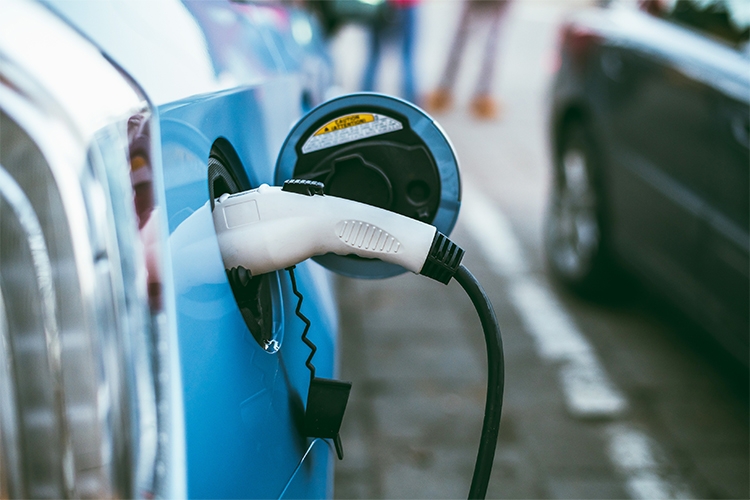By Chris Frechette, vice president, liability practice
Advances in battery technologies and environmental concerns continue to bolster a growing interest in the adoption of electric vehicles (EVs).
With the proliferation of EVs come new challenges for insurers. Traditional models for underwriting internal combustion engine (ICE) vehicles do not translate. Values, depreciation rates, repair costs and both first- and third-party exposures present new and unique distinctions. Consequently, the processes, resources, and expertise requisite to administering claims with EVs must be re-examined and enhanced to provide appropriate expert adjudication and mitigation. A comprehensive understanding of the range of exposures differentiating electric vehicle claims is foundational to effective claims handling and mitigation.
Owner/driver/passenger exposures
Debate related to the overall relative crash safety of electric vehicles continues. EVs tend to outweigh their counterparts despite the incorporation of lighter materials where possible to maximize efficiency. Notwithstanding the goal of reducing curb weight, current battery packs and the added weight necessary to support and protect them tend to make EVs heavier than their ICE model and size equivalents. In a crash, occupants of heavier vehicles are subject to less forces than occupants of lighter vehicles. So, while favorable to occupants of a heavier vehicle, the other side of the same coin is the potentially increased injury to occupants struck by a heavier vehicle.
Additionally, increased connectivity and reliance on component manufacturing in EVs creates security vulnerabilities. Exposures range from theft of personal and payment information to the outright takeover of one or more vehicles for malicious acts or criminal gain. And an infected vehicle could potentially extend the risk through its interfaces to an entire fleet or even ostensibly a power grid.
Damage and repair-related exposures
Electronic vehicles systems — while generally composed of fewer moving parts — are also more complex, with integrated components, non-owner serviceable components, and components that may be more likely to require replacement in the event of a crash. The lighter materials used to maximize efficiency in EVs are generally more expensive and more prone to a greater amount of damage. Although efficient at absorbing energy in crashes translating to increased passenger safety, the materials are somewhat less amenable to traditional dent and deformation repair techniques and often require more surface area repair or complete component/panel replacement.
The incorporation of more complex and integrated components adds a layer of complexity to the repair process. Further, more components may be in areas highly subject to damage in even modest impacts. While average repair hours for EVs tend to be slightly lower in similar crashes than for ICE vehicle counterparts, overall time of repairs trend longer due to time spent coordinating and subletting repairs and supplements, a difference that can be mitigated with proper knowledge and resources in place. The battery packs powering EVs are by far one of the most expensive individual components, often approaching or exceeding $30K in cost.
Liability exposures
In addressing the overall liability exposure, the relative weight of vehicles involved in crashes has a correlating influence on the potential extent of first-and third-party injuries. A somewhat new and unique risk — and one that is the subject of some debates — relates to the nearly silent aspect of operation of EVs and hybrid vehicles when operating in full electric mode. While recent findings around pedestrian accidents are being challenged, it seems intuitive that a silent vehicle could ostensibly be more susceptible to not alerting pedestrians when switching on or moving at slower speeds. And while this would not seem to increase the likelihood of liability on the part of drivers of EVs, exposure to third-party damages and claims is inarguably increased to some extent.
While electric vehicles still comprise a relatively smaller portion of the market today, they will reach mass adoption and be all but ubiquitous within the decade. With EVs come new risks for insurers to understand and address as well as table stake needs for enhanced resources and processes to evaluate and administer claims accurately and appropriately. We will continue to monitor emerging statutory and regulatory changes regarding EVs and keep a close eye on the trends impacting insurers.
> Learn more — check out an expanded version of this blog here.

